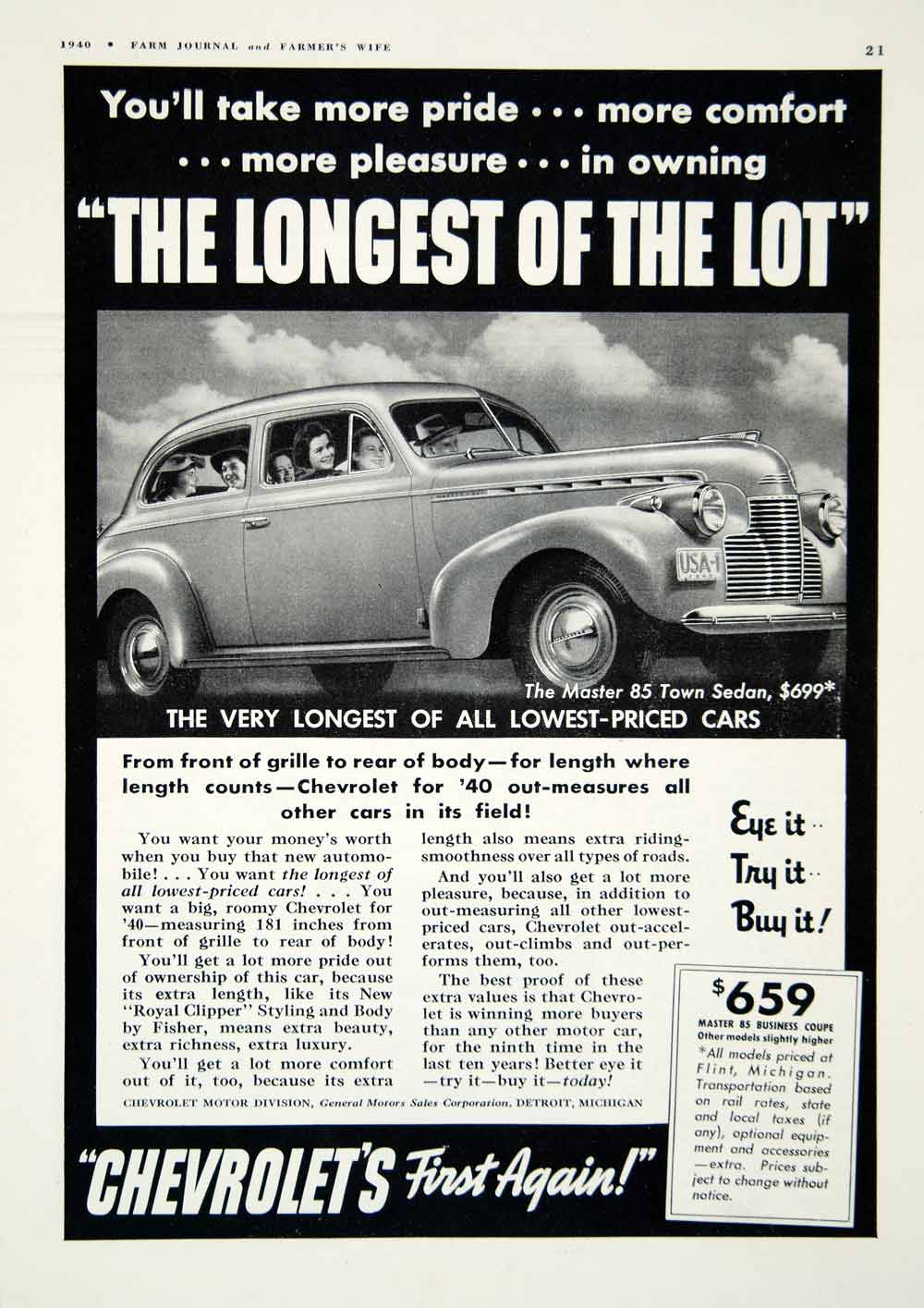My love for automobiles was inherited from my father. Though he was more into keeping cars clean and polished rather than repairing them, my mechanical skills—limited as they were—came from my uncles, our next-door neighbor, and my own trial and error. And, believe me, there were many errors.
At the age of 15, I saved up my earnings from setting pins at a local bowling alley to buy a Motor’s Manual, some end wrenches, and a basic set of sockets. With these tools and my extensive experience in breaking things, I felt like a real mechanic—at least in my own mind. I began offering my “expertise” to friends, sometimes succeeding and other times failing miserably.
My Attempt at Fixing the 1940 Chevrolet Engine
One of my early failures involved a friend’s 1940 Chevrolet. He noticed a knocking noise coming from the engine, which he suspected was a problem with the connecting rods. Although I had no real ability to distinguish engine noises, I agreed and offered to help adjust the bearing clearances using my Motor’s Manual.
Excited by the challenge, we backed the car into his parents’ barn, raised the front end high enough to work underneath, and prepared to work some magic.
Disassembling the Engine
Removing the oil pan proved to be a struggle. The clearance between the pan and the front crossmember was minimal, making it incredibly difficult to remove the front bolts. My cheap socket set lacked universal sockets, forcing us to turn each bolt painstakingly with end wrenches, a fraction of a turn at a time.
After much effort, we finally removed the pan and accessed the connecting rods. Following the manual’s detailed instructions, we felt confident about making the necessary adjustments.

The Unexpected Incident
As we were making adjustments, another friend arrived to check out our progress. Since there was no room for him under the car, he decided to sit in the driver’s seat. That’s when disaster struck.
While we had a connecting rod detached from the crankshaft, our friend—whether out of curiosity or boredom—accidentally bumped the starter. The crankshaft spun, causing the loose rod to slam against the engine block. Fortunately, no hands were in the way, but the incident left us shaken.
We scolded him thoroughly, making sure he understood the danger of what had just happened. After regaining our composure, we continued working, confident that no visible damage had been done.
Further Attempts to Fix the Knock
After reinstalling the oil pan and adding fresh oil, we started the engine, expecting success. However, the knocking noise was still there—louder than ever.
Determined to solve the issue, we once again removed the oil pan and rechecked the rod clearances. The affected rod appeared properly adjusted, but the noise persisted. We removed a shim and reassembled everything, only to find that the noise remained unchanged.
Frustrated but unwilling to give up, we removed all remaining shims, thinking perhaps the clearance was still too loose. By now, we had become quite efficient at removing and reinstalling those stubborn front pan bolts.

The Final Outcome
With everything back in place, we started the engine again, only to hear the same loud knocking. We assumed the engine might just need to run a bit to settle in.
This turned out to be a terrible decision. About a quarter-mile into our test drive, the engine let out an ear-piercing scream—like a cat getting its tail caught in a screen door. The car shuddered violently and came to a dead stop.
It didn’t take long to figure out that we had made a critical mistake. By over-tightening the rod bearings, the affected rod had welded itself to the crankshaft, completely seizing the engine. Our only option was to replace the engine.
Lessons Learned
Years later, I heard about cases where a bent connecting rod could cause knocking noises. In hindsight, I suspect that when the loose rod was slammed against the engine block, it may have bent, leading to our persistent knocking problem.
If I could go back and redo that job, the first thing I would do is disconnect the battery before working on the engine. Perhaps then, we could have diagnosed the real issue instead of making it worse.
Despite the failure, the experience was a valuable lesson in automotive repair. Sometimes, the best way to learn is through mistakes—though, ideally, not ones that require a whole new engine.



